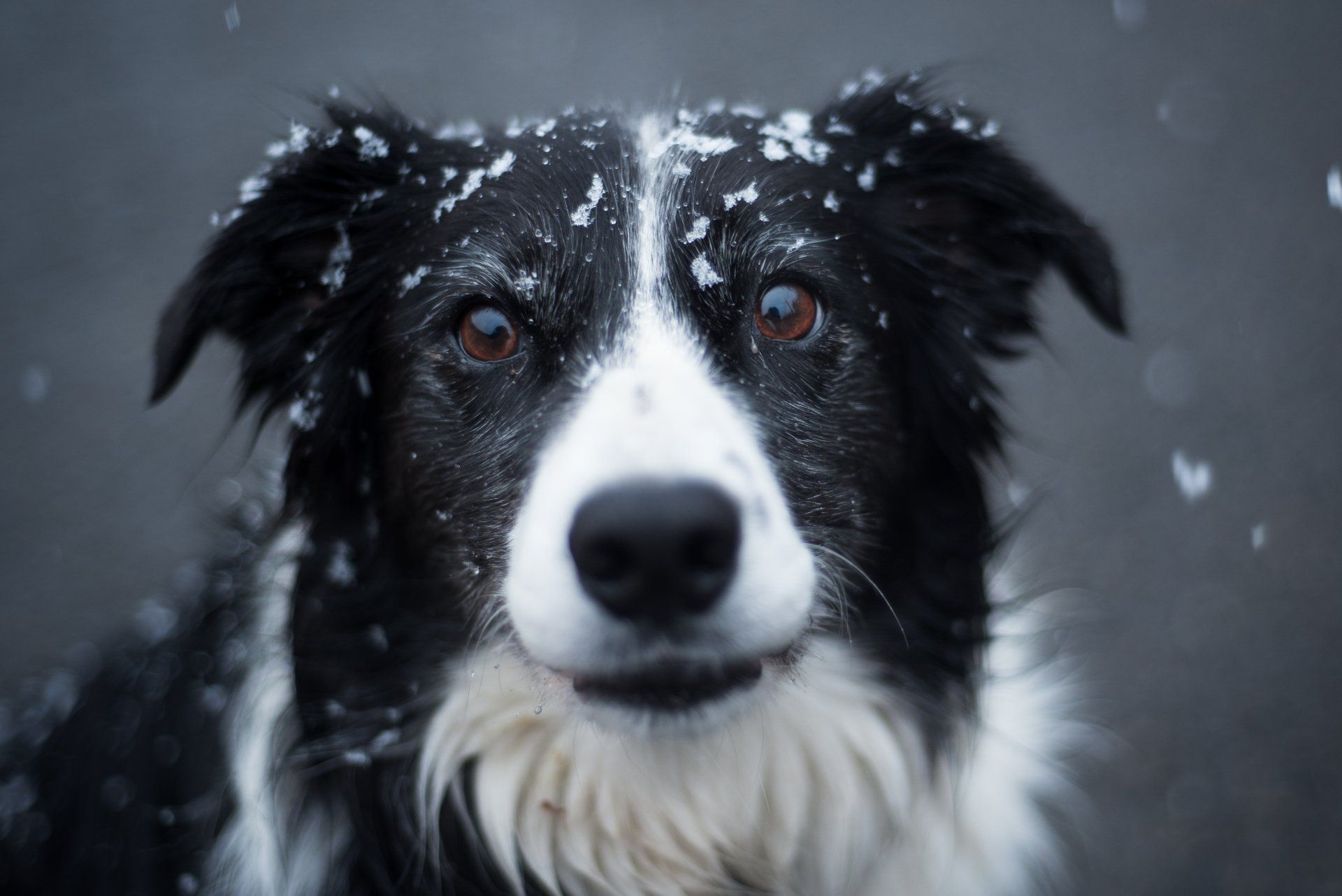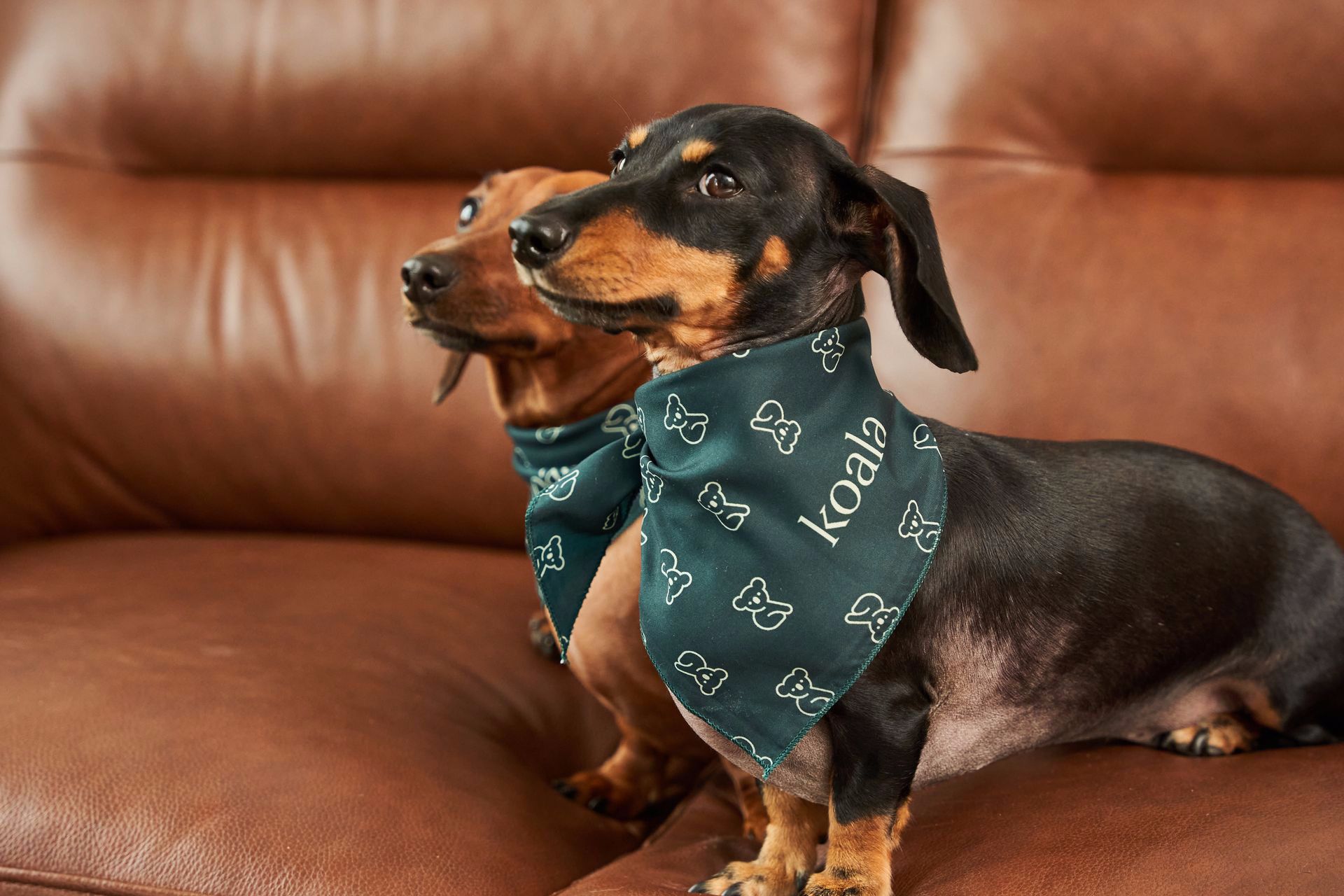Get in touch
555-555-5555
mymail@mailservice.com

Why is my Pet Drinking and Peeing More?
There are a number of medical conditions that cause dogs and cats to drink and urinate more volume - the medical term for this is polydipsia and polyuria, often abbreviated PU/PD. Keep reading to learn more on why you pet could be drinking and peeing more.
Potential medication conditions
There are a number of medical conditions that cause dogs and cats to drink and urinate more volume - the medical term for this is polydipsia and polyuria, often abbreviated PU/PD.
Signs that your pet is drinking and peeing more
The signs generally are quite obvious - you notice that you are filling the water bowl more often, your dog is asking to go outside more than normal, the litter box is full of large pee clumps, or your pet is having urinary accidents inside the house. You might also notice that your pet’s urine is more watery and less concentrated than before.
Treatment for polydipsia and polyuria: what should you do next?
If you notice that your pet is drinking and urinating more than normal, contact your veterinarian. Schedule an appointment for your pet to have a full physical examination and some laboratory testing.
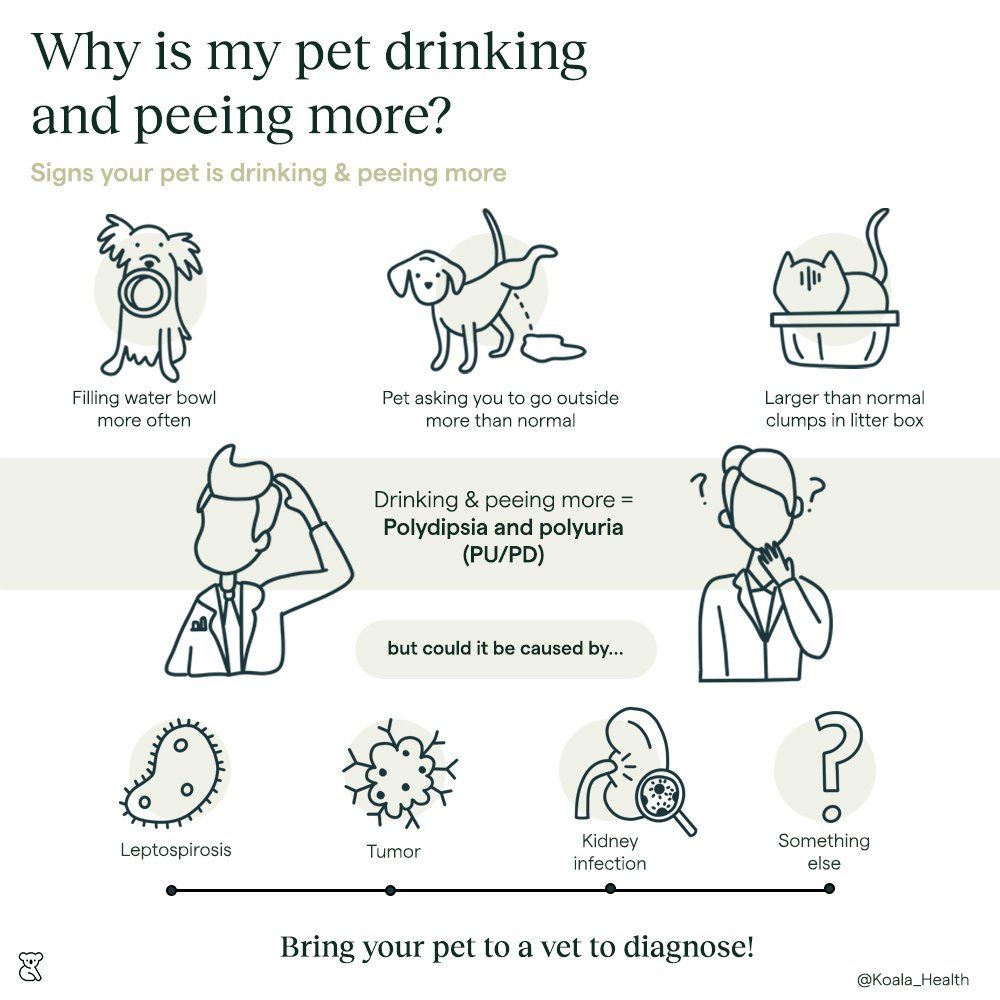
Before you go to the veterinarian:
If possible, collect a urine sample at home
It is helpful if you bring a urine sample to the clinic with you - this is much easier to do with dogs than cats, but is possible if you have a cat. A sample from the first pee of the day is best especially for dogs - this is generally the most concentrated urine of the day. This is helpful because it can tell your veterinarian if your dog is capable of making normal, well-concentrated urine. Timing matters less for cats. Since it’s difficult to catch a urine sample from a cat, your veterinarian can help especially if you prevent your cat from using the litter box for a couple hours before your appointment to ensure they have a full bladder.
You can get supplies from your veterinary clinic or use a clean plastic container with a lid that you can donate to the cause. It’s always a good idea to wear gloves when handling a urine sample.
Place the plastic container under your pet while they squat or lift their leg to go. A midstream sample is ideal - this means you place the container in the urine stream right after your pet has already started to urinate. Bring as large a quantity as you can - there’s no such thing as too much! Try to avoid contaminating the sample with non-urine material like dirt, grass, or litter. If you can’t bring the sample to your veterinarian within an hour, stick it in the refrigerator and bring it by the end of the day.
If you can’t get a urine sample at home, don’t worry - your veterinarian can help at the appointment. Sometimes a sterile urine sample is necessary, which can only be obtained at the veterinary clinic.
If possible, calculate water intake
Another helpful piece of information is exactly how much water your dog or cat is consuming over a 24 hour period. This is more challenging in a multi-pet household, but try to sequester your pet so you know exactly how much they drink without the other animals around. Your veterinarian can calculate if the amount your pet drinks in a day is appropriate based on their weight.
For example, dogs drinking more than 100 and cats drinking more than 45 milliliters of water per kilogram of body weight each day is considered excessive. These numbers are helpful, but individual variability exists and so the values are sometimes misleading. For example, a dog might normally drink 40 milliliters of water per kilogram of body weight per day and increase to 80, doubling its normal water intake. Clearly, a dog doubling its water intake is not normal. However, when we do the math and find out the dog is drinking 80 milliliters of water per kilogram of body weight per day we might say this is technically normal for the general population of dogs, even though it isn’t for this particular dog.
Treatment at the Veterinarian: What will my veterinarian do to help?
At your appointment, your veterinarian will ask a lot of questions, not just about drinking and urinating. Be prepared to answer questions about diet and appetite, behavior changes, medications your pet is taking, and other medical issues like lumps, vomiting, diarrhea, coughing, or general malaise. If you’ve noticed anything unusual about your pet, this is the time to bring it up.
Your veterinarian will perform a full physical exam - some conditions that cause PU/PD can also cause changes on a physical exam. However, many pets will have a normal exam or changes unrelated to the presenting problem.
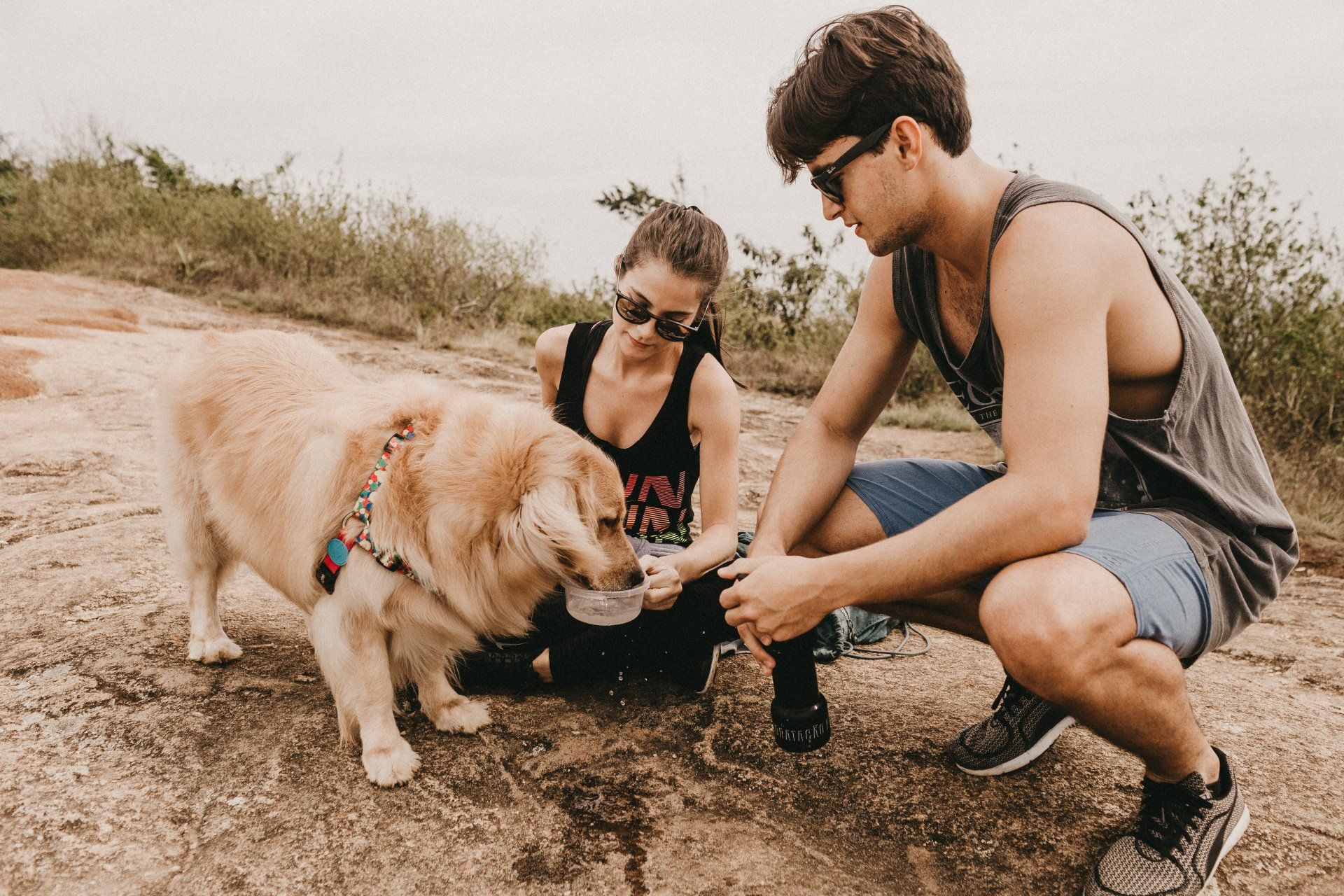
Recommended testing for drinking and peeing more (PU/PD):
The initial testing recommended generally includes checking the following:
- Complete blood count to check red and white blood cell and platelet counts and characteristics
- Chemistry panel to assess liver and kidney values, blood sugar, electrolytes, and blood proteins
- Thyroid function
- Urinalysis to see how well concentrated the urine is, check for evidence of infection or inflammation, determine how acidic or basic the sample is, look for crystals
- Urine culture to see if any bacteria grows from the urine sample, especially if the urine sample is dilute
Common causes of drinking and peeing more (PU/PD)
Most common causes for dogs to have polydipsia and polyuria (PU/PD)
The most common causes for dogs to be PU/PD are chronic kidney disease, diabetes, and Cushing’s disease or hyperadrenocorticism.
Most common causes for cats to have polydipsia and polyuria (PU/PD)
In cats, the causes are very similar. For cats, PU/PD is often caused by chronic kidney disease, diabetes, and hyperthyroidism or an overactive thyroid gland.
Other ways to find out if pet cat has polydipsia or polyuria (PU/PD)
Sometimes figuring out why your pet is PU/PD is easy - for example, hyperthyroidism in cats is diagnosed just from a high thyroid level on the baseline blood work. Or a dog’s diabetes can be diagnosed based on high blood sugar levels and finding sugar in the urine sample. It’s not always this simple - the work up can be extensive and may not give a definitive answer. Testing can be frustrating, especially when the results are normal, but each normal test provides valuable information.
Further testing for polydipsia and polyuria PU/PD
There may be changes suggestive of certain diseases on a physical examination or initial blood work, but further testing is required. For example, conditions like Cushing’s disease, Addison’s disease, liver failure, and causes of hypercalcemia (high blood calcium level) all require further investigation with specific tests.
If the baseline tests for your pet have come back normal or non-specific, more testing is often recommended. For example, testing for a bacterial disease called Leptospirosis may be recommended in dogs. Imaging the belly with ultrasound to visualize all of the abdominal organs can be helpful and show changes that may not be picked up on normal lab work like tumors and uterine or kidney infections.
There are a couple of uncommon conditions that cause PU/PD. Testing for these conditions should only be done after all other possible causes have been ruled out. For example, a condition called central diabetes insipidus is diagnosed by a trial with the medication desmopressin acetate, which is also the medication used to treat this uncommon condition. There are water deprivation tests to diagnose another condition called primary polydipsia, but these can be dangerous and are not done very frequently.
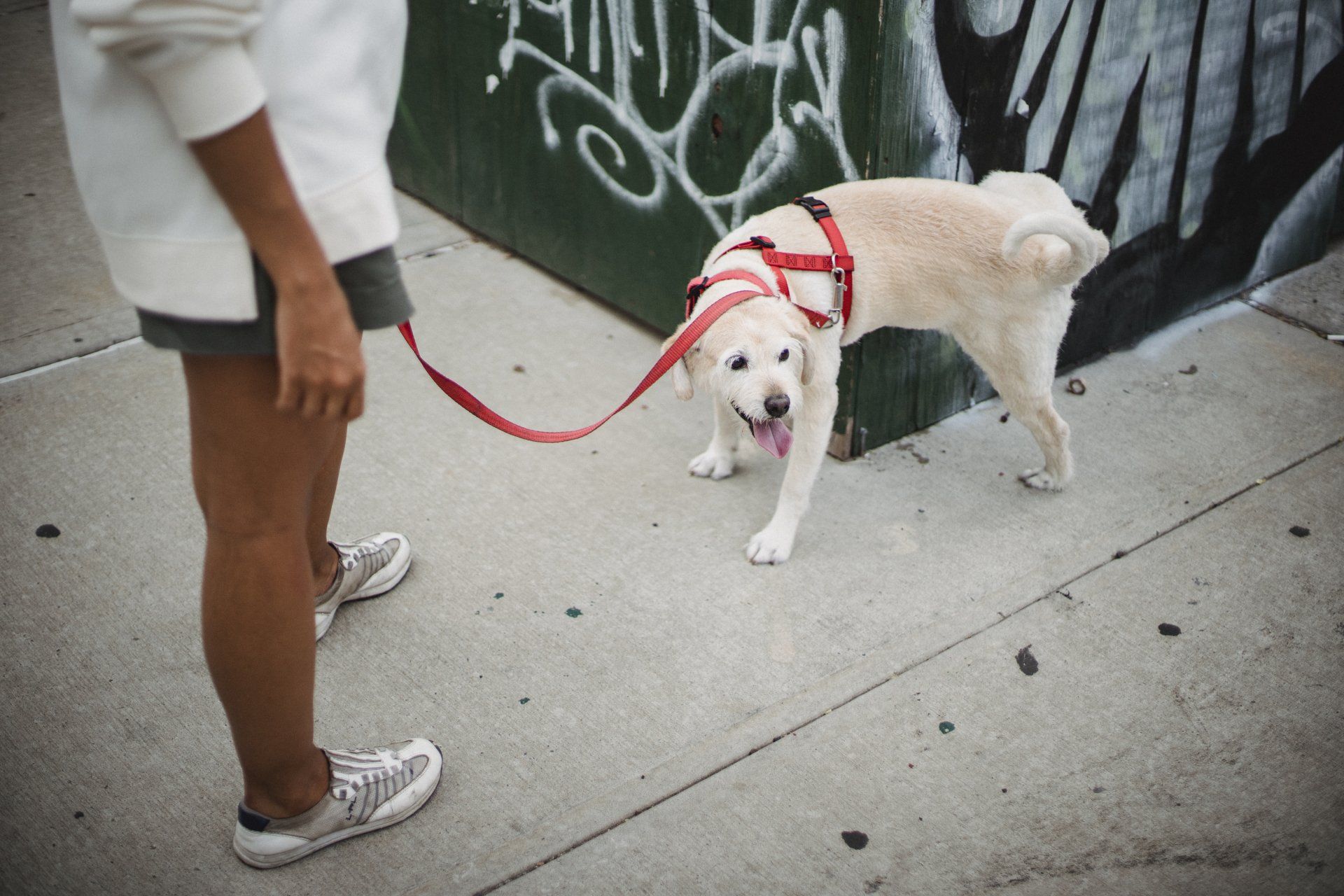
Treatment for drinking too much water and peeing - polydipsia and polyuria (PU/PD)
Treating a dog or cat’s PU/PD is all about addressing the underlying cause.
The testing process can become frustrating, but often an underlying cause is found and can be addressed. Your veterinarian will look for the most common causes first and pursue further testing only if necessary. Following your veterinarian’s recommendations and giving as much information as possible makes success more likely.
What if excessive water drinking and excessive peeing is ignored?
Depending on the underlying cause, ignoring this issue can be dangerous or even fatal. Many of the conditions that cause PU/PD have significant effects on the body and the complications can be serious if not addressed appropriately.
Recovery timeline for polydipsia and polyuria (PU/PD)
If the underlying cause for your pet’s PU/PD is found and treatable, improvement or even resolution of the symptoms can be relatively fast. Many of the conditions that lead to PU/PD require long-term or even lifelong therapy and management, but as long as the underlying condition is addressed the excessive drinking and peeing should improve.

